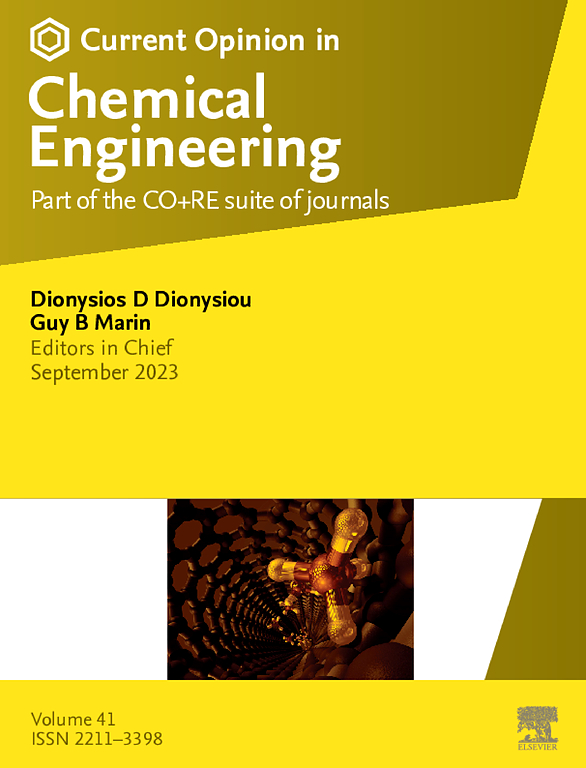Importance of oxidative steps in zero-valent iron reductive processes for the treatment of organic pollutants: a short review
IF 6.8
2区 工程技术
Q1 BIOTECHNOLOGY & APPLIED MICROBIOLOGY
引用次数: 0
Abstract
Zero-valent iron (ZVI) is a reductive process commonly employed in groundwater remediation; however, in this process, there is a possibility for oxidative pathways to occur, and they might be of importance for pollutant remediation. In the first part of this work, we provide information on key parameters ruling this process. In the second part, we emphasize on the importance of oxidative steps in ZVI treatment, in particular, Fenton-like process driven by hydrogen peroxide generated mainly in aerated media. Also, we describe the use of ZVI as reservoir of iron for neutral Fenton process or for persulfate activation and provide examples of the implementation of sequential reductive and oxidative processes with potential niche applications. Throughout the work, key mechanistic aspects are addressed, and examples of waste valorization to obtain ZVI-based materials and processes are given, also reporting on the role of dissolved organic matter as auxiliary.
零价铁还原过程中氧化步骤对有机污染物处理的重要性:简要综述
零价铁(Zero-valent iron, ZVI)是地下水修复中常用的还原性工艺;然而,在这一过程中,有可能发生氧化途径,它们可能对污染物的修复具有重要意义。在这项工作的第一部分中,我们提供了控制这一过程的关键参数的信息。在第二部分中,我们强调了氧化步骤在ZVI处理中的重要性,特别是主要在曝气介质中生成的过氧化氢驱动的类芬顿过程。此外,我们描述了ZVI作为中性Fenton工艺或过硫酸盐活化的铁储存器的使用,并提供了具有潜在生态位应用的顺序还原和氧化过程的实施示例。在整个工作中,讨论了关键的机械方面,并给出了废物增值以获得基于zvi的材料和工艺的例子,还报告了溶解有机物作为辅助物的作用。
本文章由计算机程序翻译,如有差异,请以英文原文为准。
求助全文
约1分钟内获得全文
求助全文
来源期刊

Current Opinion in Chemical Engineering
BIOTECHNOLOGY & APPLIED MICROBIOLOGYENGINE-ENGINEERING, CHEMICAL
CiteScore
12.80
自引率
3.00%
发文量
114
期刊介绍:
Current Opinion in Chemical Engineering is devoted to bringing forth short and focused review articles written by experts on current advances in different areas of chemical engineering. Only invited review articles will be published.
The goals of each review article in Current Opinion in Chemical Engineering are:
1. To acquaint the reader/researcher with the most important recent papers in the given topic.
2. To provide the reader with the views/opinions of the expert in each topic.
The reviews are short (about 2500 words or 5-10 printed pages with figures) and serve as an invaluable source of information for researchers, teachers, professionals and students. The reviews also aim to stimulate exchange of ideas among experts.
Themed sections:
Each review will focus on particular aspects of one of the following themed sections of chemical engineering:
1. Nanotechnology
2. Energy and environmental engineering
3. Biotechnology and bioprocess engineering
4. Biological engineering (covering tissue engineering, regenerative medicine, drug delivery)
5. Separation engineering (covering membrane technologies, adsorbents, desalination, distillation etc.)
6. Materials engineering (covering biomaterials, inorganic especially ceramic materials, nanostructured materials).
7. Process systems engineering
8. Reaction engineering and catalysis.
 求助内容:
求助内容: 应助结果提醒方式:
应助结果提醒方式:


